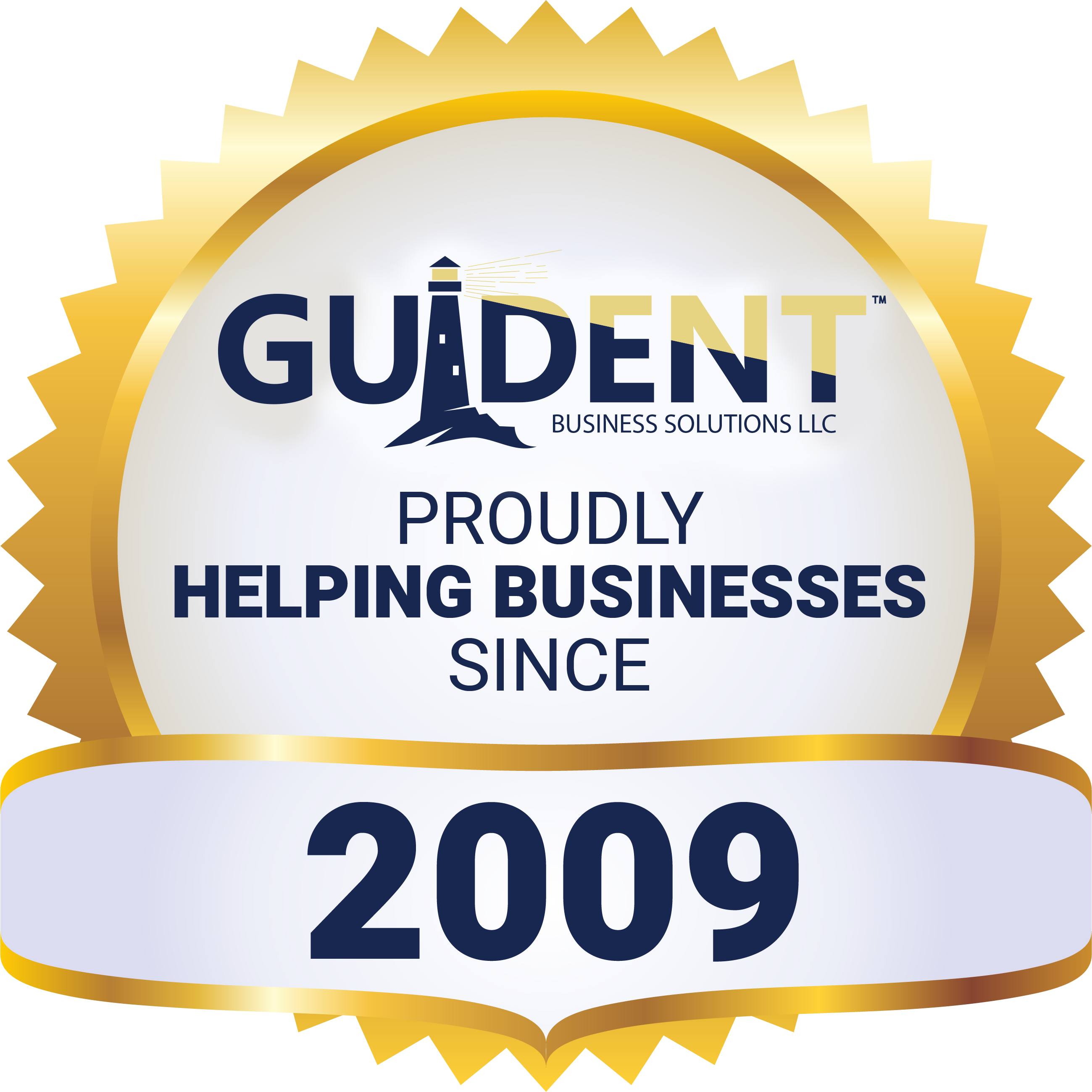Don’t Be So Frugal Today That It Costs You Your Company Tomorrow
I received a call from The Boss of a mid-sized company who wanted to talk with me regarding his cash flow challenges. I was referred by his lender who noticed that despite the company’s good revenues and decent net profit The Boss was always experiencing cash flow issues. I asked to see two years of financials and I did an indirect cash flow evaluation on his business along with calculating what I consider the top fourteen ratios I use to evaluate the financial health of an organization.
What I found was the company had good operating profit which meant the organization was generating a healthy sustainable cash flow. I told this to The Boss who immediately asked me; “If I have such good operating cash flow, why do I not have money?” The answer was in the ratio analysis.
When I calculated the Return on Total Assets, ROA, I found the ratio to be very high, too high for this type of business. I began to ask The Boss a few questions regarding his building and equipment. Now, The Boss was a very frugal man, in my opinion too frugal for the health of the organization. The Boss would try not to invest in day-to-day operating supplies, such as not replacing burnt out light bulbs if there was still one good bulb working in the light fixture. The Boss was proud of this management style, which by the way frustrated his employees to no end, not to mention creating an unsafe working environment in some cases.
Why was the ROA ratio too high? The return on the investments was high because the equipment and building were old and tired. The Boss hadn’t invested anything of consequence into the building for years, The Boss just pocketed the profits, year after year. Now the lack of investment had caught up to The Boss and he was being forced to invest in the building as the roof was leaking, the HVAC system was obsolete and often not working, the parking lot was deteriorating and had huge wholes in the high traffic areas, and many more issues too numerous to mention. All these things were eating away at the company’s cash flow. We call this, “Cash Cowing” the company, where The Boss just collects the profits and does not reinvest enough into capital expenditures to keep the organization going. Now, The Boss had to make some tough decisions regarding the building and his equipment. The repairs were extensive and ultimately more expensive now than if they would have been addressed when they were much less serious. The Boss’s frugal personality was catching up to him and his cash flow was where it is shown in the company financials.
I can understand evaluating cash outlays and making the best financial decisions when investing in your business, but in this case, The Boss’s frugal personality was dominating his business decisions in an unhealthy way. Some ratios that show a high percentage are not always a good sign, in this case, the company did not have the financial resources to correct all the problems and The Boss ended up having to sell the building in order to save his company. Business owners are often described as risk-takers, The Boss in this company may not be considered a risk taker at first sight but if we look closer The Boss was taking a huge risk with the future of his company by not spending the money to fix the maintenance issues in a timely manner. Remember, you can have a good profit with poor cash flow and go out of business, you can have poor profit and good cash flow and live to fight another day!

